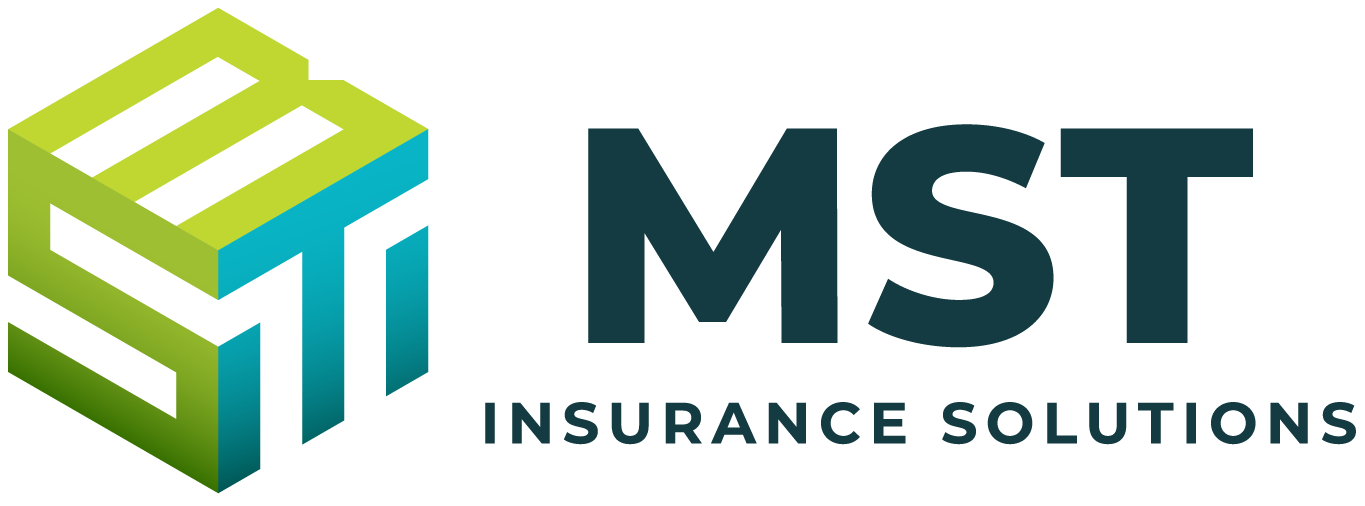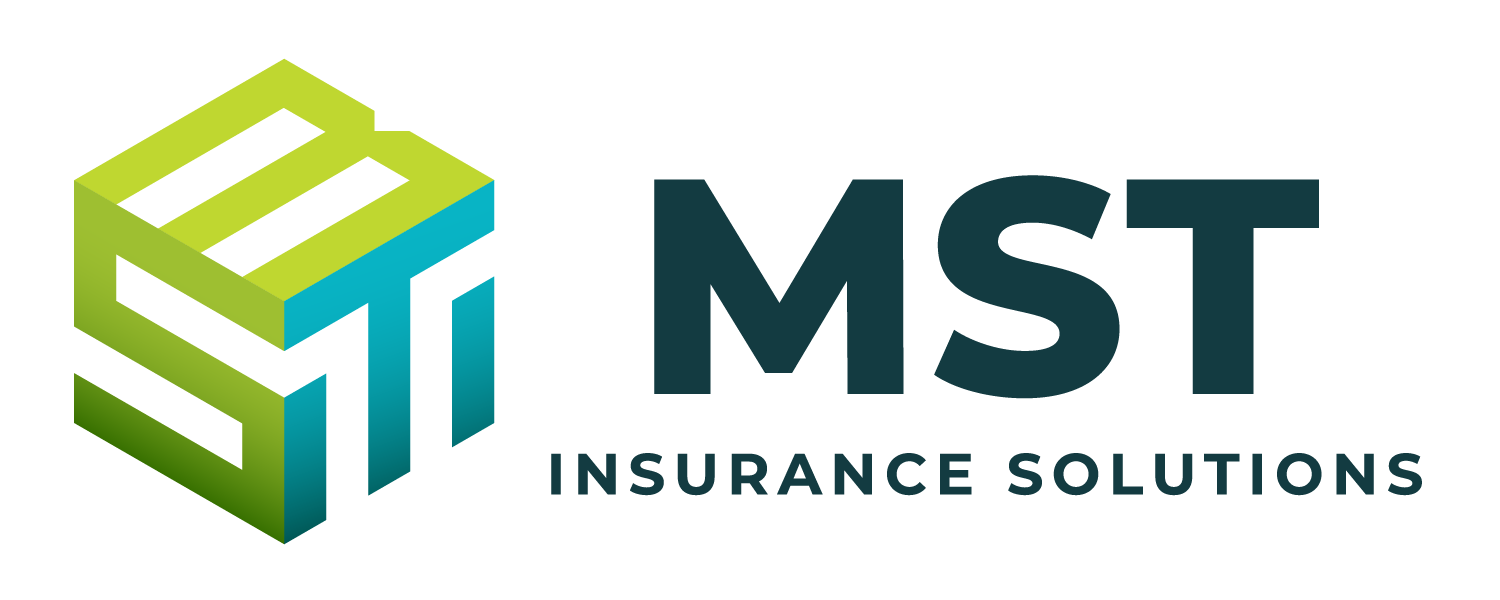| On April 29, 2022, the IRS released Revenue Procedure 2022-24 to provide the inflation-adjusted limits for health savings accounts (HSAs) and high deductible health plans (HDHPs) for 2023. The IRS is required to publish these limits by June 1 of each year.
These limits include: · The maximum HSA contribution limit; · The minimum deductible amount for HDHPs; and · The maximum out-of-pocket expense limit for HDHPs. These limits vary based on whether an individual has self-only or family coverage under an HDHP. Eligible individuals with self-only HDHP coverage will be able to contribute $3,850 to their HSAs for 2023, up from $3,650 for 2022. Eligible individuals with family HDHP coverage will be able to contribute $7,750 to their HSAs for 2023, up from $7,300 for 2022. Individuals age 55 or older may make an additional $1,000 “catch-up” contribution to their HSAs. The minimum deductible amount for HDHPs increases to $1,500 for self-only coverage and $3,000 for family coverage for 2023 (up from $1,400 for self-only coverage and $2,800 for family coverage for 2022). The HDHP maximum out-of-pocket expense limit increases to $7,500 for self-only coverage and $15,000 for family coverage for 2023 (up from $7,050 for self-only coverage and $14,100 for family coverage for 2022). Action StepsEmployers that sponsor HDHPs should review their plan’s cost-sharing limits (minimum deductibles and maximum out-of-pocket expense limit) when preparing for the plan year beginning in 2023. Also, employers that allow employees to make pre-tax HSA contributions should update their plan communications for the increased contribution limits.
HSA/HDHP LimitsThe following chart shows the HSA and HDHP limits for 2023 as compared to 2022. It also includes the catch-up contribution limit that applies to HSA-eligible individuals who are age 55 or older, which is not adjusted for inflation and stays the same from year to year.
|
For a copy of this notice, click here: HSA_HDHP Limits Increase for 2023

